Results
-
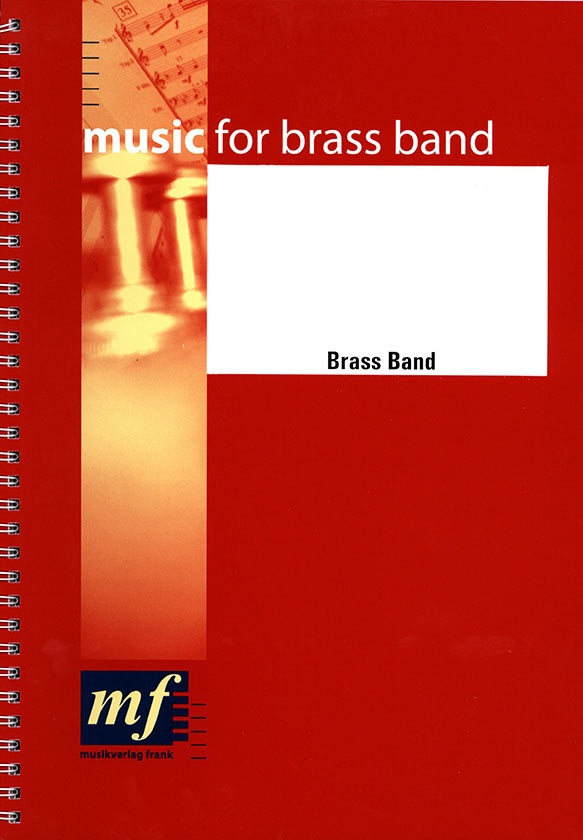 £39.60
£39.60 -
 £24.60
£24.60HIGHLAND CATHEDRAL (Partitur/Score) - Korb, Roever - Andrew Duncan
Estimated dispatch 7-14 working days
-
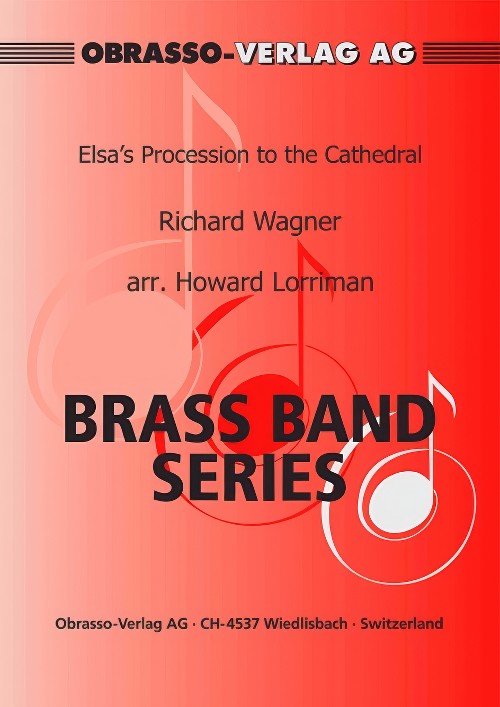 £59.70
£59.70Elsa's Procession to the Cathedral (Brass Band - Score and Parts) - Wagner, Richard - Lorriman, Howard
From the Opera Lohengrin
Estimated dispatch 7-14 working days
-
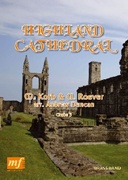 £34.60
£34.60HIGHLAND CATHEDRAL (Brass Band - arr. Duncan) - Duncan, Andrew
Duration: 3'40". Grade: medium/easy.
Estimated dispatch 7-14 working days
-
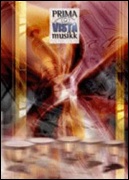 £34.95
£34.95HIGHLAND CATHEDRAL (Brass Band - arr. Kerwin) - Kerwin, Simon
This lovely melody was composed by two German musicians who tried to emulate the popularity of the famous Scottish tune Amazing Grace. The piece was an instant success and achieved a substantial degree of popularity after it was featured in the film, Four Weddings and a Funeral. It is usually performed with just pipes and drums, however this arrangement succeeds in joining this traditional classical melody with a steady drum beat, flowing contrapuntal descants and harmonies to create an epic opus. The arrangement is functional with or without Bagpipes.
Estimated dispatch 7-14 working days
-
 £50.90
£50.90HIGHLAND CATHEDRAL (Brass Band - arr. Lorriman) - Lorriman, Howard
Grade: Easy.
Estimated dispatch 7-14 working days
-
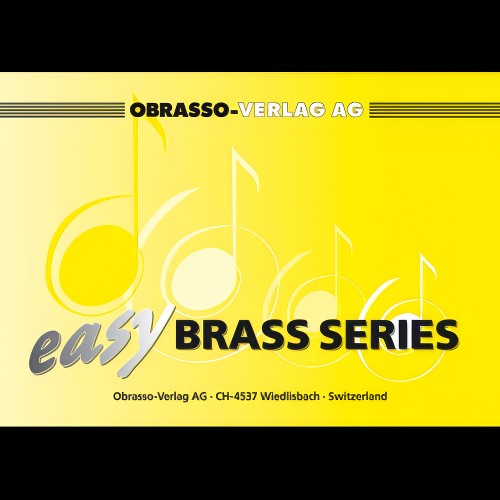 £52.40
£52.40Highland Cathedral (Brass Band - Score and Parts) - Korb & Roever - Stahli, Urs
Slightly reduced Brass Band instrumentation (no rep cornet, no 2nd horn, no 2nd trombone part)
Estimated dispatch 7-14 working days
-
 £50.90
£50.90HIGHLAND CATHEDRAL (Brass Band with Organ ad.lib.) - Korb & Roever - Gygli, Andre
Medium
Estimated dispatch 7-14 working days
-
 £54.20
£54.20Elsa's Procession to the Cathedral (Brass Band - Score and Parts)
From the Opera Lohengrin
Estimated dispatch 7-14 working days
-
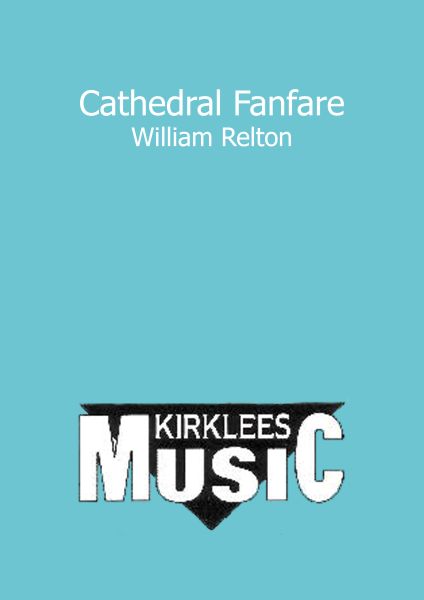 £25.00
£25.00Cathedral Fanfare
Estimated dispatch 7-14 working days
